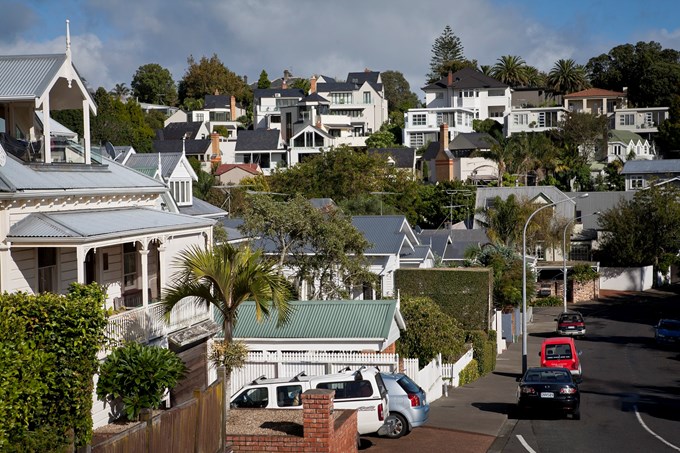Updated 24 June 2019
Auckland Council has extended the submission phase on proposed Plan Change 26, affecting Auckland’s Special Character areas (residential), by two weeks with the closing date now 12 July 2019.
Councillor Chris Darby, chair of the council’s Planning Committee, says he understands people find the changes in the proposed plan change complex and are concerned that the qualities of the special character areas are maintained.
“The changes we are proposing relate to specific planning rules, which contain technical language used by those who design and build houses. They come about as a result of council responding to a ruling from the Environment Court. To ensure people fully understand and have time to work through what these changes could mean for their property, we have extended the submission period by two weeks."
"If in doubt, people can also call our dedicated phone number or contact the council’s planning experts via email for help to explain the proposed changes and answer questions,” says Councillor Darby.
Proposed Plan Change 26
Auckland Council is proposing to make changes to the Auckland Unitary Plan to clarify how the Special Character Areas Overlay works with underlying zones in some areas of Auckland.
The Special Character Areas Overlay applies to various older parts of Auckland and applies to 50 different special character areas; each area has a ‘character statement’ in the Auckland Unitary Plan that summarises the particular values and qualities of that area. The overlay seeks to retain and manage the special character values of identified residential areas.
John Duguid, the council’s General Manager - Plans and Places, says the proposed plan change is intended to make it clear that certain planning provisions of the Special Character Areas Overlay would prevail over the corresponding provisions of the underlying residential zones.
“The proposed plan change also refines some of the standards within the Special Character Areas Overlay, including those relating to building height in relation to boundary, yards, paved areas and fences. We expect the proposed plan change to make it clear which planning provisions apply when a property is zoned residential and also has a Special Character Areas Overlay."
"Greater clarity will benefit people who want to develop their property, interested neighbours and the council’s team who assess resource consent applications,” said Mr Duguid.
People can make a submission on the proposed plan change by completing the online submission form or by emailing a submission to unitaryplan@aucklandcouncil.govt.nz. You can have your say on the proposed plan change from 30 May to 28 June 2019. (Please note that the submission period has now been extended to 12 July 2019).
The submissions received through the submission process will help inform the outcome of the plan change hearing, which will be held in late 2019. Independent commissioners will consider the submissions and publish their decision, on behalf of the council, following the hearing.
People who make a submission on the proposed plan change will have the opportunity to appeal that decision to the Environment Court if they do not agree with the decision. If no appeals are received, or when the appeals are resolved, the plan change will become operative.
While existing resource consents are not affected by the proposed plan change, people would need to take the plan change into consideration when thinking about developing their property if the proposed plan change becomes operative.
Proposed Plan Change 26 relates to Chapter D18, Special Character Areas Overlay – Residential and Chapter E38, Subdivision – Urban of the Auckland Unitary Plan.
More information is available on the council's website here.
What is the Auckland Unitary Plan?
The Auckland Unitary Plan is the council’s planning rule book. It identifies how and where the city will grow and sets out the environmental resource management issues of significance for Auckland. It contains objectives, policies and rules for the development and subdivision of land, and objectives, policies and rules for lakes, rivers, streams and marine and coastal areas.


